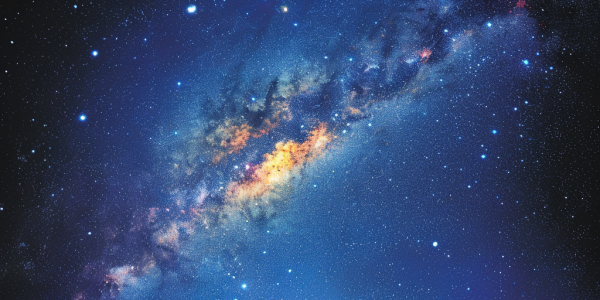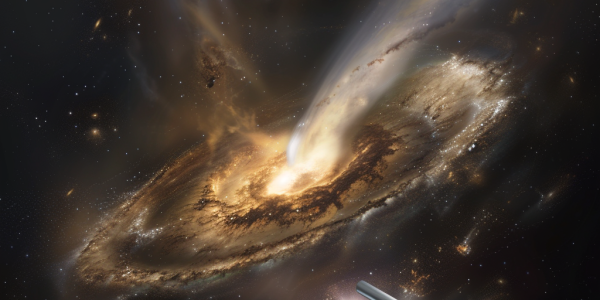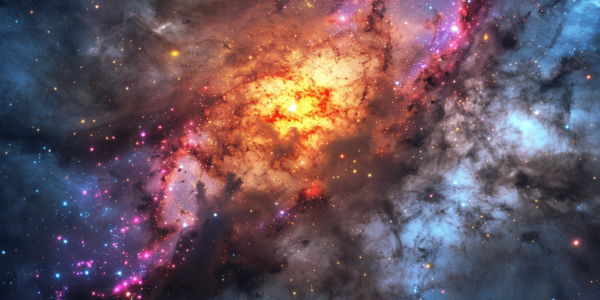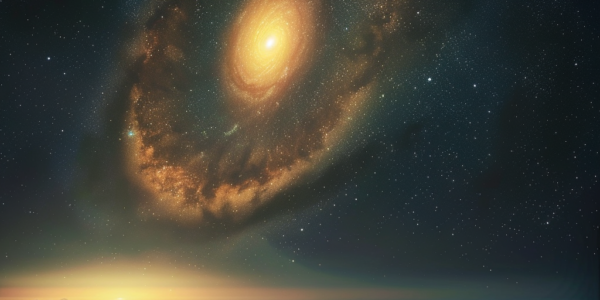New Study Sheds Light on Early-Universe Quasars Using Advanced Imaging Techniques
Recent research utilizing the Dark Energy Camera (DECam) has shed light on the environments of early-universe quasars, revealing they likely formed in densely populated regions rich in gas. Led by Trystan Lambert, this groundbreaking study is the largest on-sky area search around an early-universe quasar, VIK 2348–3054, enhancing our understanding of galaxy formation and the evolution of supermassive black holes.
Dramatic Quasar Interaction Revealed by INAF-Led Research Group
International research group led by INAF used NIRSpec on JWST to observe interaction between quasar and satellite galaxies in distant universe. Unprecedented details shed light on galaxy growth in early universe. Results presented at EAS 2024 meeting in Padua. Discovery impacts cosmic history and galaxies’ evolution.
James Webb Space Telescope Discovers Little Red Dots in Early Universe
The James Webb Space Telescope (JWST) has made significant discoveries in its first year, including capturing sharp views of celestial structures and obtaining transmission spectra from exoplanet atmospheres. Unexpected little red dots observed in a specific region of the night sky are believed to be galactic nuclei containing precursors of Supermassive Black Holes (SMBHs) that existed during the early Universe. This discovery could revolutionize our understanding of the formation of the first SMBHs in the Universe.
Astronomers Discover Brightest and Most Voracious Black Hole Ever Detected
The discovery of the brightest and most voracious black hole ever detected, known as J0529-4351, has left astronomers in awe. This remarkable finding was confirmed through observations by the Very Large Telescope in Chile. Scientists revealed that the black hole devours the mass equivalent to one Sun every day, highlighting its insatiable appetite. J0529-4351, although recorded in data many years ago, has only recently been recognized for its true glory. Quasars like J0529-4351 are the energetic cores of galaxies powered by immense black holes, known as Active Galactic Nuclei (AGN). The quasar’s emission, which took 12 billion years to reach the detectors at the VLT, is over 500 trillion times more luminous than the Sun, making it an astonishing discovery in the field of astronomy.




